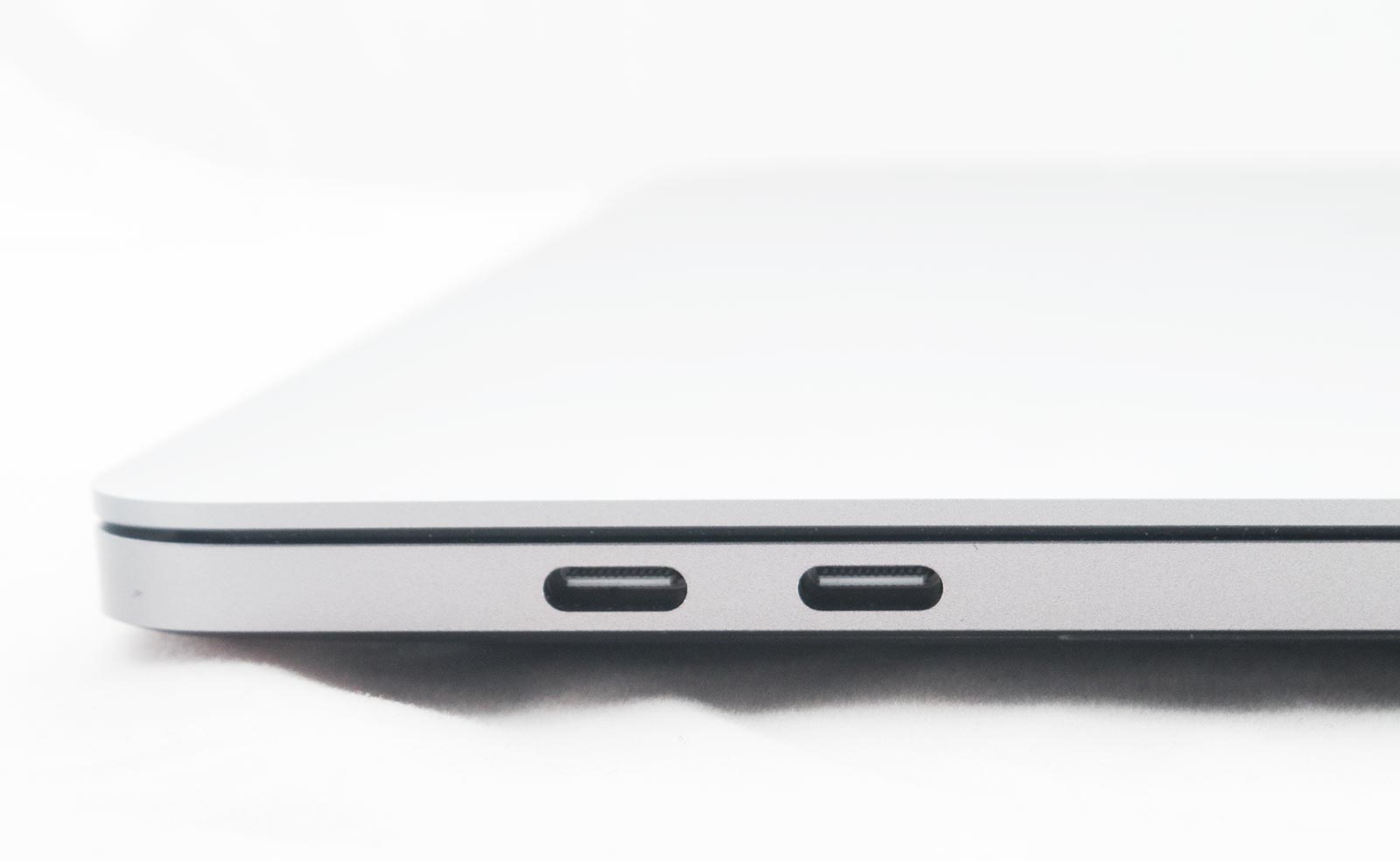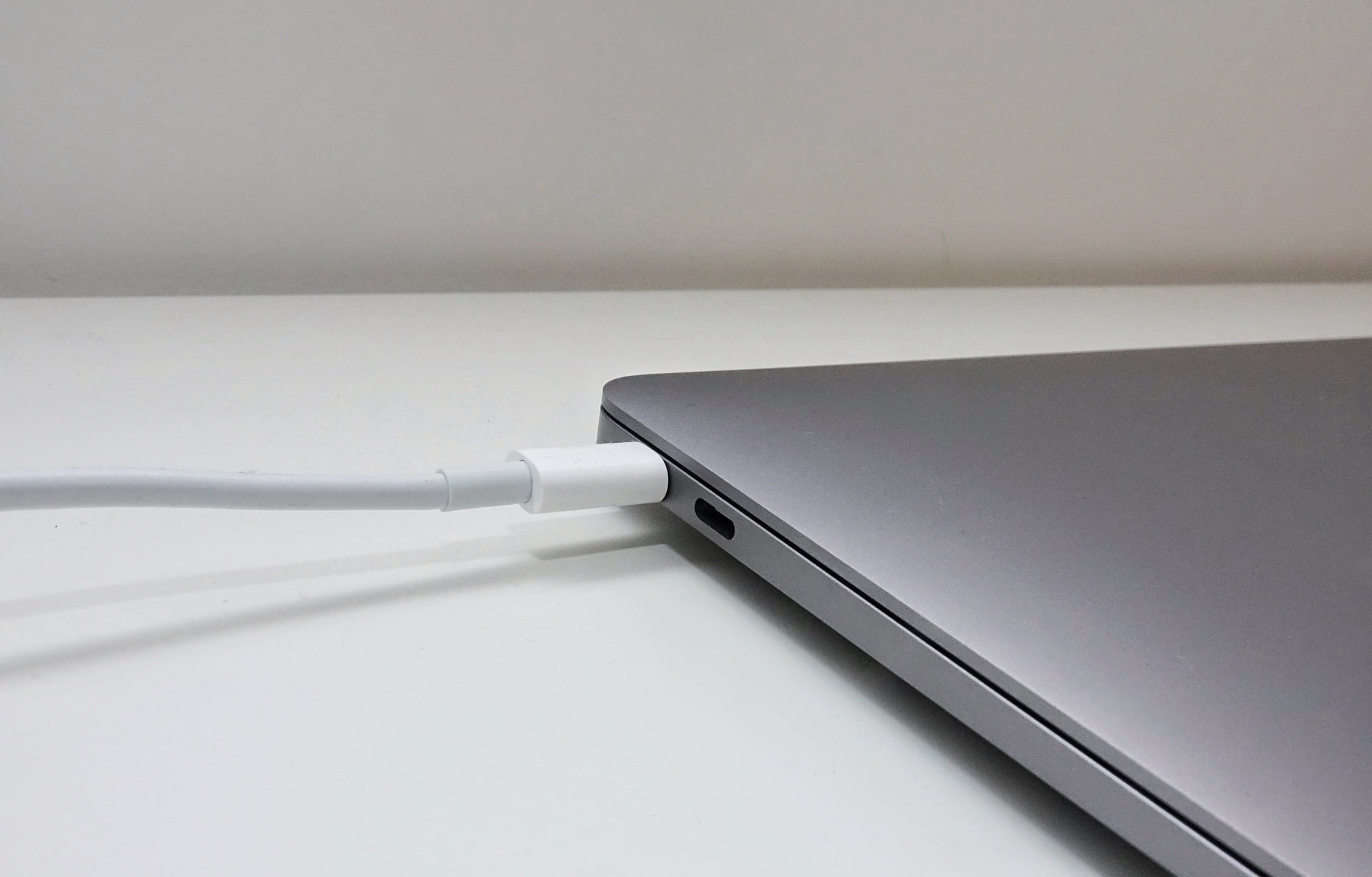There’s a new USB specification paper out there, and while the jargon mightn’t excite, what it can do might just.
We’re all so reliant on USB for everything, even if we may not use the humble USB key as much these days. While the thumb drive has largely taken a backseat thanks to the size of the USB port and the ease of use of sending information wirelessly over the web, USB still plays a big part in our lives.
If you own a phone — and you very likely own a phone — you’re still probably using a USB cable to charge it up, and if you’re not using an iPhone, you’re very likely using a USB Type C cable to do it. If you own a recent iPad Air or an iPad Pro, you’re definitely using a USB Type C cable to charge your tablet, and the same holds true for many laptops out there.
Headphones charge from that port, as do speakers, cameras, and typically if it’s something being made that has to be charged these days, there’s a strong likelihood it has the ovular reversible USB C connector onboard.
It’s just how technology works at the moment, unless it’s being made by Apple, which uses a combination of the Type C on its tablets and computers, and then its own Lightning port on phones and some iPad tablets.
The point is that USB is fairly versatile, and can be used for lots of things, presently dealing with as much power as 100 watts, but that looks set to change.
The USB consortium has released a new specification for Type C outing something called an “Extended Power Range” or “EPR” cable for USB Power Delivery, which details a power output as high as 240 watts.
It would mean gadgets with strong power requirements, such as monitors and some meatier computers with more power-hungry requirements could soon be powered by the same humble port as everything else we’re presently using.
That’s great news for gamers who have the meatiest requirements, as well as content creators, and may mean even smaller desktops could rely on the USB Type C cable in the coming years.







